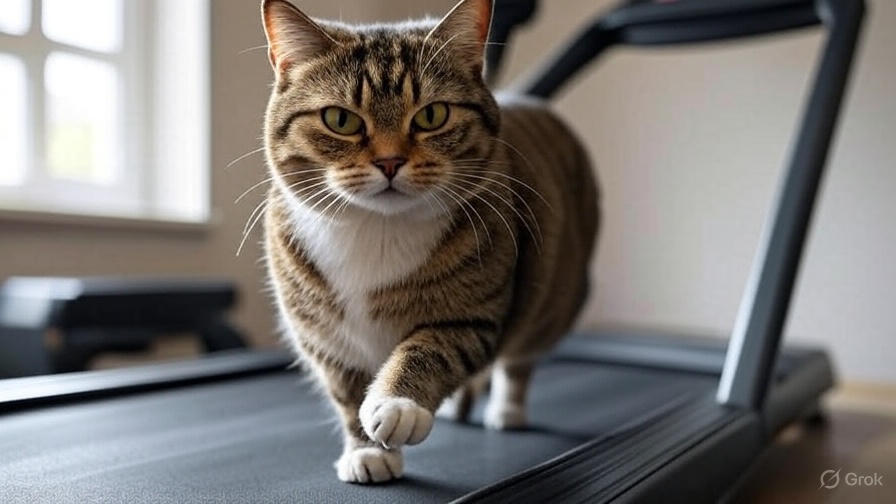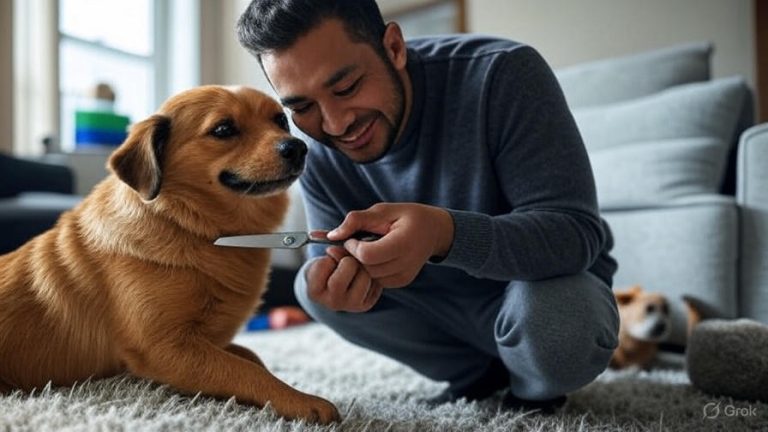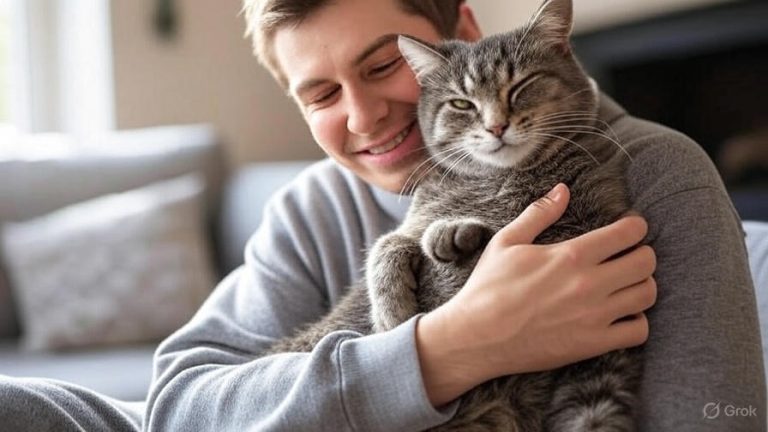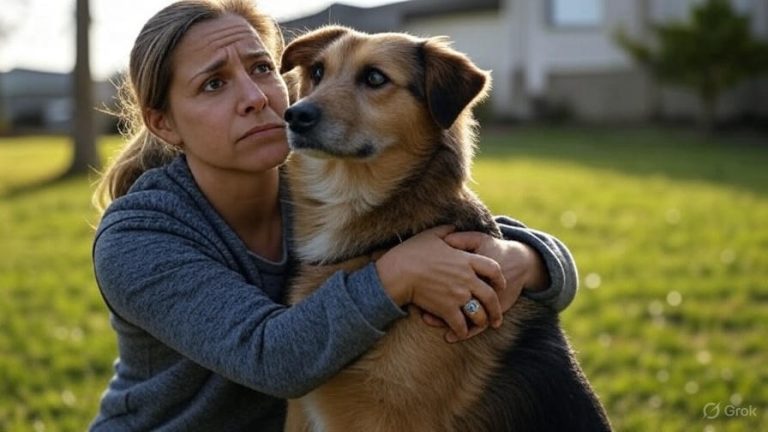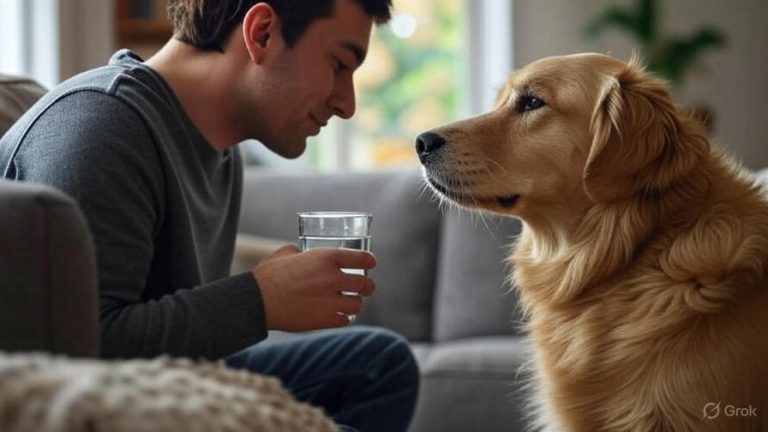How Can Cats Lose Weight?
Pet obesity has become a serious health crisis affecting millions of cats worldwide. Just like humans, overweight cats face numerous health complications that can significantly impact their quality of life and longevity. The good news is that with proper guidance and dedication, you can help your feline friend achieve a healthy weight and maintain it long-term.
The Growing Problem of Feline Obesity
Veterinary studies show that over 60% of cats in North America are overweight or obese. This alarming statistic means that most cat owners are dealing with weight-related health issues in their pets. The sedentary lifestyle of indoor cats, combined with overfeeding and poor food choices, creates the perfect storm for weight gain.
Overweight cats develop diabetes, arthritis, heart disease, and liver problems at much higher rates than their healthy-weight counterparts. These conditions not only cause suffering but also result in expensive veterinary bills and shorter lifespans. The emotional toll on pet owners watching their beloved companions struggle with weight-related health issues can be overwhelming.
Recognizing an Overweight Cat
Before diving into weight loss strategies, you need to determine if your cat actually needs to lose weight. Many cat owners struggle to recognize when their pet has gained too much weight because the change happens gradually over time.
The body condition score system helps veterinarians and pet owners assess feline weight objectively. A healthy cat should have a visible waist when viewed from above, and you should be able to feel their ribs with gentle pressure. If your cat’s ribs are difficult to locate under a layer of fat, or if they have lost their waist definition, weight loss is likely necessary.
Common signs of an overweight cat include difficulty jumping onto furniture, excessive panting after mild activity, and a reluctance to play or move around. Some cats develop a pendulous belly that sways when they walk, while others show fat deposits around their neck and face.
Creating a Calorie Deficit Safely
Weight loss in cats requires creating a calorie deficit, which means your cat must burn more calories than they consume. However, cats cannot safely lose weight as quickly as humans can. Rapid weight loss in cats can trigger a dangerous condition called hepatic lipidosis, where fat accumulates in the liver and can be fatal.
A safe weight loss rate for cats is 1-2% of their body weight per week. This means a 15-pound cat should lose no more than 2-3 ounces per week. Slow and steady weight loss ensures your cat maintains muscle mass while losing fat, and it reduces the risk of serious health complications.
Working with your veterinarian to establish a target weight and timeline is crucial. They can calculate the appropriate daily calorie intake for your cat’s weight loss goals and monitor progress through regular weigh-ins. This professional guidance helps ensure the weight loss process remains safe and effective.
Portion Control and Meal Planning
Most overweight cats eat too much food, often because their owners free-feed or provide excessive portions. Measuring your cat’s food precisely using a kitchen scale or measuring cups is the foundation of successful weight management.
Free-feeding, where food is available all day, makes portion control impossible and often leads to overeating. Instead, establish scheduled meal times with measured portions. Most cats do well with two or three meals per day, spaced evenly throughout their waking hours.
The feeding guidelines on pet food packages are starting points, but individual cats may need more or less food depending on their activity level, age, and metabolism. Your veterinarian can provide specific calorie recommendations based on your cat’s current weight and target weight.
Choosing the Right Weight Management Diet
Not all cat foods are created equal when it comes to weight loss. Weight management diets are specifically formulated to provide fewer calories while maintaining essential nutrients. These diets typically contain higher protein levels to help preserve muscle mass during weight loss.
High-protein diets help cats feel full longer and support their natural carnivorous metabolism. Look for foods where the first ingredient is a named meat source, and avoid foods with excessive fillers like corn or wheat. The protein content should be at least 45% on a dry matter basis for optimal weight loss results.
Wet food can be particularly beneficial for weight loss because it contains more water and fewer calories per volume than dry food. The high moisture content helps cats feel full with fewer calories, and the increased water intake supports overall health. Many cats find wet food more satisfying than dry kibble.
Exercise and Activity Enhancement
Exercise plays a vital role in feline weight loss, but getting a sedentary cat to move more requires creativity and patience. Start with short play sessions using interactive toys that trigger your cat’s hunting instincts. Feather wands, laser pointers, and motorized mice can entice even the laziest cats to move.
The key to successful exercise is making it feel like play rather than forced activity. Cats are natural hunters, so toys that mimic prey movements are most effective. Schedule play sessions before meals when your cat’s hunting drive is strongest.
Gradually increase the duration and intensity of play sessions as your cat builds stamina. Begin with 2-3 minute sessions and work up to 10-15 minutes of active play several times per day. The goal is to get your cat breathing slightly harder but not panting excessively.
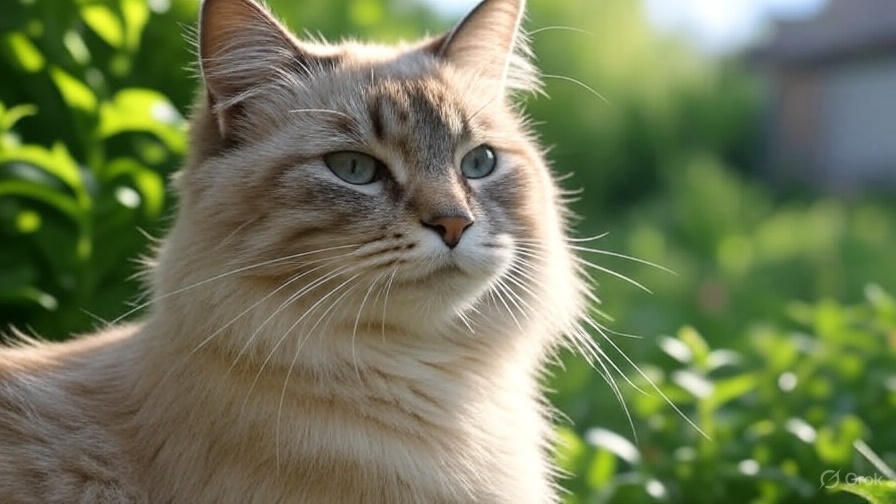
Environmental Enrichment for Weight Loss
Environmental changes can encourage natural movement and reduce stress-related overeating. Puzzle feeders and food-dispensing toys make cats work for their meals, increasing activity while slowing down eating speed.
Vertical spaces like cat trees and shelves encourage climbing and jumping, which are excellent forms of exercise. Place food bowls, water dishes, and favorite resting spots at different levels to encourage movement throughout the day.
Rotate toys regularly to maintain your cat’s interest and prevent boredom. Cats often lose interest in toys that are always available, but they show renewed excitement when familiar toys reappear after being stored away.
Managing Multiple Cat Households
Weight management becomes more complex in homes with multiple cats. Preventing food stealing requires strategic feeding arrangements and careful monitoring. Some cats are naturally more aggressive about food and will eat their own meals plus whatever they can steal from other cats.
Separate feeding areas help ensure each cat gets the appropriate amount of food. Consider feeding cats in different rooms or using timed feeding stations that only allow access to specific cats. Microchip-activated feeders can prevent food theft while allowing each cat to eat at their own pace.
Monitor all cats in the household for weight changes, as stress from feeding changes can affect appetite in different ways. Some cats may eat less when feeding routines change, while others may become more food-focused and attempt to eat more.
The Role of Treats and Snacks
Treats can sabotage weight loss efforts if not carefully managed. Many pet owners underestimate how many calories their cats consume from treats, which can account for 20-30% of daily caloric intake in some cases.
Limit treats to no more than 10% of your cat’s daily calories. Calculate treat calories into the total daily allowance rather than treating them as extras. Low-calorie options like small pieces of cooked chicken, freeze-dried meat, or commercial diet treats can satisfy your cat’s desire for snacks without derailing weight loss.
Use treats strategically to encourage exercise and good behavior. Instead of giving treats freely, make your cat work for them through play or simple training exercises. This approach combines treat time with physical activity.
Monitoring Progress and Adjusting Plans
Regular weigh-ins are essential for tracking progress and making necessary adjustments. Weekly weigh-ins at the same time of day provide the most accurate picture of weight loss trends. Many veterinary clinics allow owners to bring their cats in for free weigh-ins between appointments.
Keep a weight loss journal that includes weekly weights, food amounts, activity levels, and any changes in behavior or health. This information helps identify patterns and makes it easier to adjust the weight loss plan when needed.
If weight loss stalls for more than two weeks, consult with your veterinarian about adjusting the diet or exercise plan. Sometimes metabolism slows during weight loss, requiring further calorie reduction or increased activity to continue progress.
Common Mistakes to Avoid
Many well-intentioned cat owners make mistakes that slow or prevent weight loss. Giving in to persistent begging behavior reinforces food-seeking and can quickly undo progress. Cats are experts at manipulating their owners for food, but consistency is crucial for success.
Estimating food portions instead of measuring them accurately leads to portion creep over time. Even small increases in daily food intake can halt weight loss progress. Always use measuring tools and recheck portion sizes regularly.
Expecting rapid results can lead to frustration and giving up too early. Healthy weight loss takes time, and some cats lose weight more slowly than others. Celebrate small victories and focus on long-term health improvements rather than quick fixes.
Health Monitoring During Weight Loss
Weight loss can affect various aspects of your cat’s health, making regular veterinary monitoring important. Blood work may be recommended to check for diabetes, kidney function, and liver health during the weight loss process.
Watch for signs of illness during weight loss, including lethargy, vomiting, diarrhea, or changes in urination habits. While some behavior changes are normal as cats adjust to new routines, significant changes warrant veterinary attention.
Some cats may experience temporary digestive upset when switching to new foods or eating smaller portions. Gradual transitions and high-quality diets minimize these issues, but contact your veterinarian if symptoms persist.
Long-Term Weight Maintenance
Reaching the target weight is only half the battle – maintaining that weight requires ongoing attention and lifestyle changes. Many cats regain weight after successful weight loss if their owners return to old feeding habits.
Establish a maintenance calorie level that allows your cat to maintain their ideal weight without continued weight loss. This typically requires slightly more calories than the weight loss diet but fewer than the original intake that caused weight gain.
Continue regular weigh-ins even after reaching the target weight. Monthly weigh-ins help catch small weight gains before they become significant problems. Early intervention is much easier than starting the weight loss process over again.
The Emotional Aspect of Feline Weight Loss
Weight loss journeys can be emotionally challenging for both cats and their owners. Cats may vocalize more when first adjusting to smaller portions or scheduled feeding times. This behavior is normal and usually subsides as they adapt to the new routine.
Pet owners often feel guilty about restricting their cat’s food, especially when faced with persistent begging. Remember that helping your cat achieve a healthy weight is an act of love that will improve their quality of life and longevity.
Building a support system can help you stay motivated during challenging times. Connect with other pet owners going through similar experiences, or work with a veterinary nutritionist who specializes in pet weight management.
Conclusion
Helping your cat lose weight requires dedication, patience, and professional guidance, but the benefits far outweigh the challenges. A healthy-weight cat lives longer, moves more comfortably, and faces fewer health complications throughout their life.
The key to success lies in creating sustainable lifestyle changes rather than quick fixes. Proper portion control, regular exercise, environmental enrichment, and ongoing monitoring create the foundation for long-term weight management success.
Start your cat’s weight loss journey today by consulting with your veterinarian and implementing gradual changes to their diet and activity routine. With consistency and patience, you can help your feline friend achieve and maintain a healthy weight for years to come. Your cat’s future health and happiness depend on the choices you make today.

